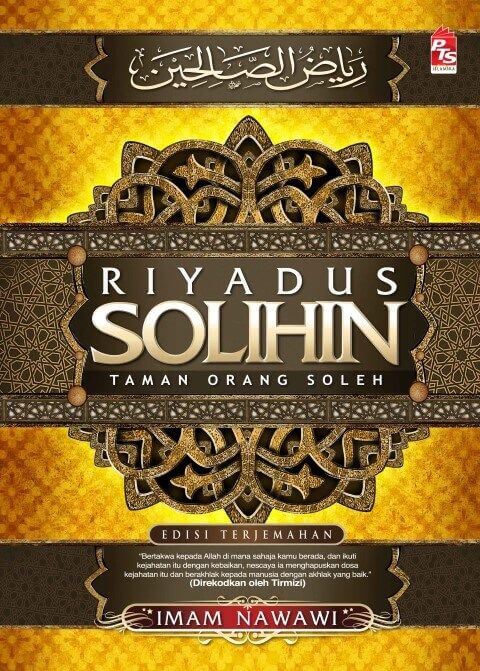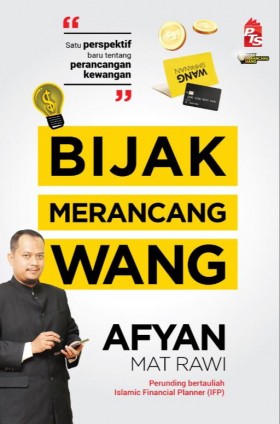TO
facilitate the even development of Malaysia, the country has been divided up
into separate economic regions or development corridors. Each has its own
agency that plans and initiates its growth.
The separate
regions were conceptualised with the objectives of narrowing the gap between
the socioeconomic levels in the nation as well as the disparities in the
development between states.
There is vast
potential for investment in these regions, and their development will
contribute to the economic development of the nation.
 Covering the states of Kelantan, Terengganu, Pahang and the
district of Mersing in Johor, the East Coast Economic Region covers 51 per cent
of Peninsular Malaysia.
Covering the states of Kelantan, Terengganu, Pahang and the
district of Mersing in Johor, the East Coast Economic Region covers 51 per cent
of Peninsular Malaysia.
The East CoastEconomic Region Development Council (ECERDC) has come up with the ECER Master
Plan that will take a regional approach in pushing the region's growth. It aims
to accelerate the socio-economic growth of the region in a viable and
sustainable manner.
The Master Plan
will be implemented over a period of 12 years and aims to resolve key issues
faced in the region, such as the widening disparities between the developed
west coast states and the less developed eastern region, and income
inequalities between rural and urban areas.
The Master Plan
will also facilitate the development of infrastructure in the region,
especially for flood mitigation, and the water supply and sewerage systems. In
fact, the Master Plan is addressing five distinct areas - tourism; oil, gas and
petrochemicals; manufacturing; agriculture; and education.
NORTHERN
CORRIDOR ECONOMIC REGION:
Administered by the Northern Corridor ImplementationAuthority (NCIA), the NCER encompasses the states of Perlis, Kedah, Penang and
the north of Perak.
As the body
responsible for the region's direction, policies and programmes, the NCIA's
plan is to turn the NCER into a world-class economic region by 2025. This
growth will be achieved with social equity and will be evenly distributed
across the region.
The NCIA has
identified several economic sectors - agriculture, manufacturing, tourism and
logistics services - with vast investment potential. Its role is to move these
sectors up the value chain by identifying the best investors that would create
an environment that is conducive to business.
Social and
sustainable development are top priorities in the region. The NCIA is ensuring
its programmes and projects serve the local communities while driving economic
growth.
The rice-bowl of
the nation, the NCER is well-placed to receive agricultural development, and
the NCIA has instituted projects that improve scale, marketing and distribution
channels, the use of technology and good practices in agriculture, and
infrastructure.
ISKANDAR
MALAYSIA:
The southern gateway into Peninsular Malaysia, Iskandar Malaysia
contains the city of Johor Baru and the towns of Pontian, Senai and Pasir
Gudang. Iskandar Malaysia's new administrative capital will be at Nusajaya.
The Iskandar RegionalDevelopment Authority (IRDA) is aiming for the sustainable development of the
region, therefore social and environmental issues feature heavily on its
agenda.
There has been
much focus on developing infrastructure such as public housing, construction of
roads and interchanges, and an integration of the public transport system.
Investment
opportunities are available in health services, information and communications
technology, food and agro-processing and much more. The education and creative
industries sector especially attracts much foreign investment.
The majority of
Iskandar Malaysia's investors have been from South Korea, the Middle East, and
Hong Kong, with Singapore being the biggest foreign investor in the region.
SABAH
DEVELOPMENT CORRIDOR:
 Part of the federal government's commitment to help the
region maximise its economic potential, the Sabah Development Corridor (SDC)
encompasses the whole state of Sabah.
Part of the federal government's commitment to help the
region maximise its economic potential, the Sabah Development Corridor (SDC)
encompasses the whole state of Sabah.
The SDC's growth
will be implemented over a period of 18 years to be completed in 2025. Managed
by SEDIA, the Sabah Economic Development and Investment Authority, the state's
development will take place in three phases, each concentrating on the state's
strategic location in the Asia Pacific region, its natural resources, rich
cultural heritage and access to mega biodiverse resources.
The first focus,
building the infrastructure that will serve as a foundation for the state's
growth and the initiation of high-impact economic and poverty eradication
projects is already well under way.
The second phase
is an increase in high value-added economic activities that will boost the
region's economy. The third focus is will be a period of expansion, the result
of which will be that Sabah's supporting infrastructure, globalised economy and
knowledge workforce will see the region emerge as an attractive destination for
foreign investments.
SARAWAK CORRIDOR
OF RENEWABLE ENERGY:
Managed and promoted by the Regional Corridor DevelopmentAuthority (RECODA), the Sarawak Corridor of Renewable Energy (SCORE) is the initiative to transform Sarawak into a fully developed state by the year 2020.
Managed and promoted by the Regional Corridor DevelopmentAuthority (RECODA), the Sarawak Corridor of Renewable Energy (SCORE) is the initiative to transform Sarawak into a fully developed state by the year 2020.
The state is
leveraging on the region's great potential in the area of renewable energy,
especially hydropower. The abundant natural resources in Sarawak means SCORE
will be able to price its energy competitively and encourage investments in
power generation and energy-intensive industries.
The development
of the region will take a five-pronged approach. The first will be to direct
investments to three growth nodes in the corridor. Next, the hinterland will be
systematically opened up through a network of industrial class transport and
communication infrastructure.
Third, the
development of energy supply (hydropower) will be accelerated. Fourth, human
capital development in the corridor will be accelerated, and lastly, RECODA
will initiate the development of the tourism industry.




















No comments :
Post a Comment